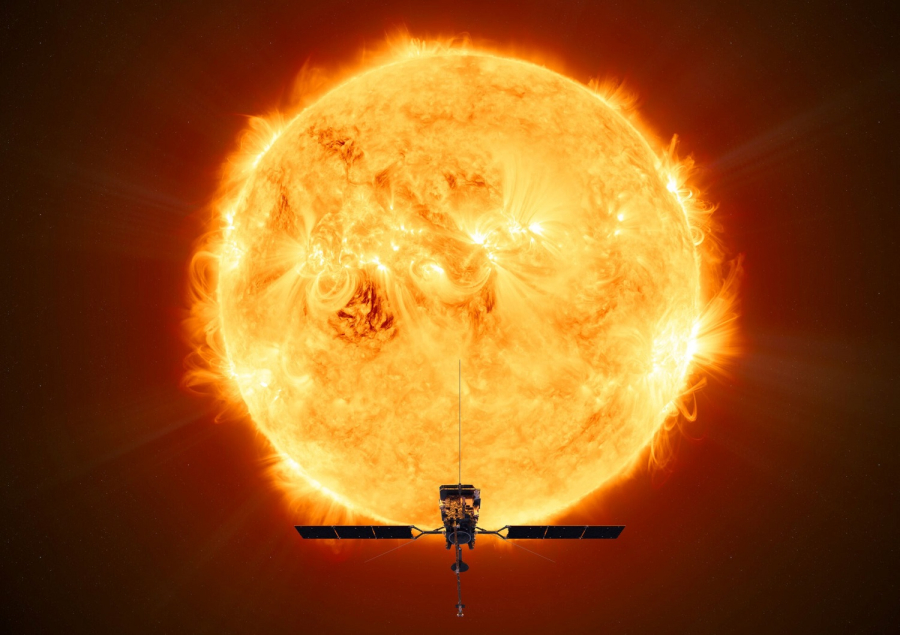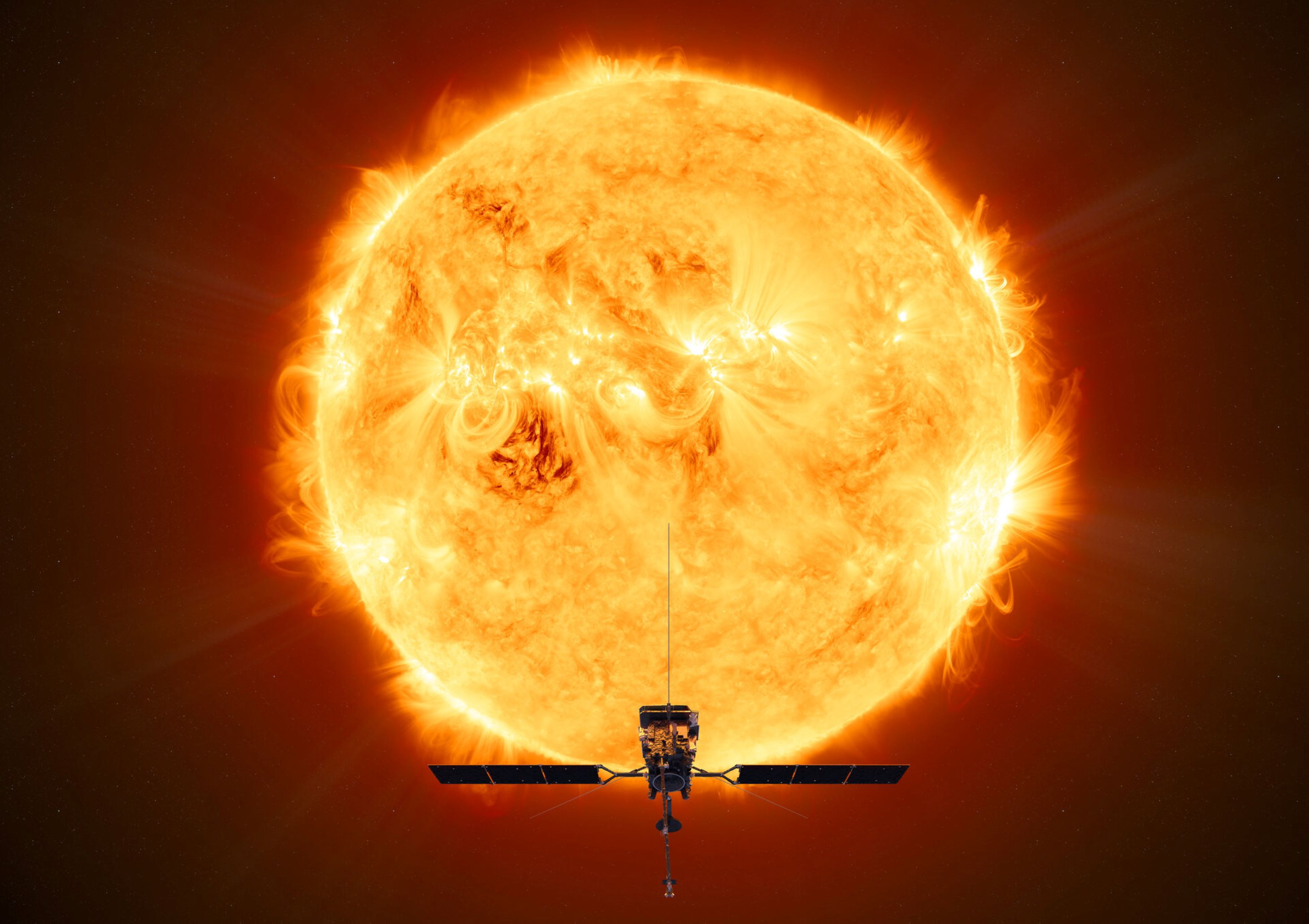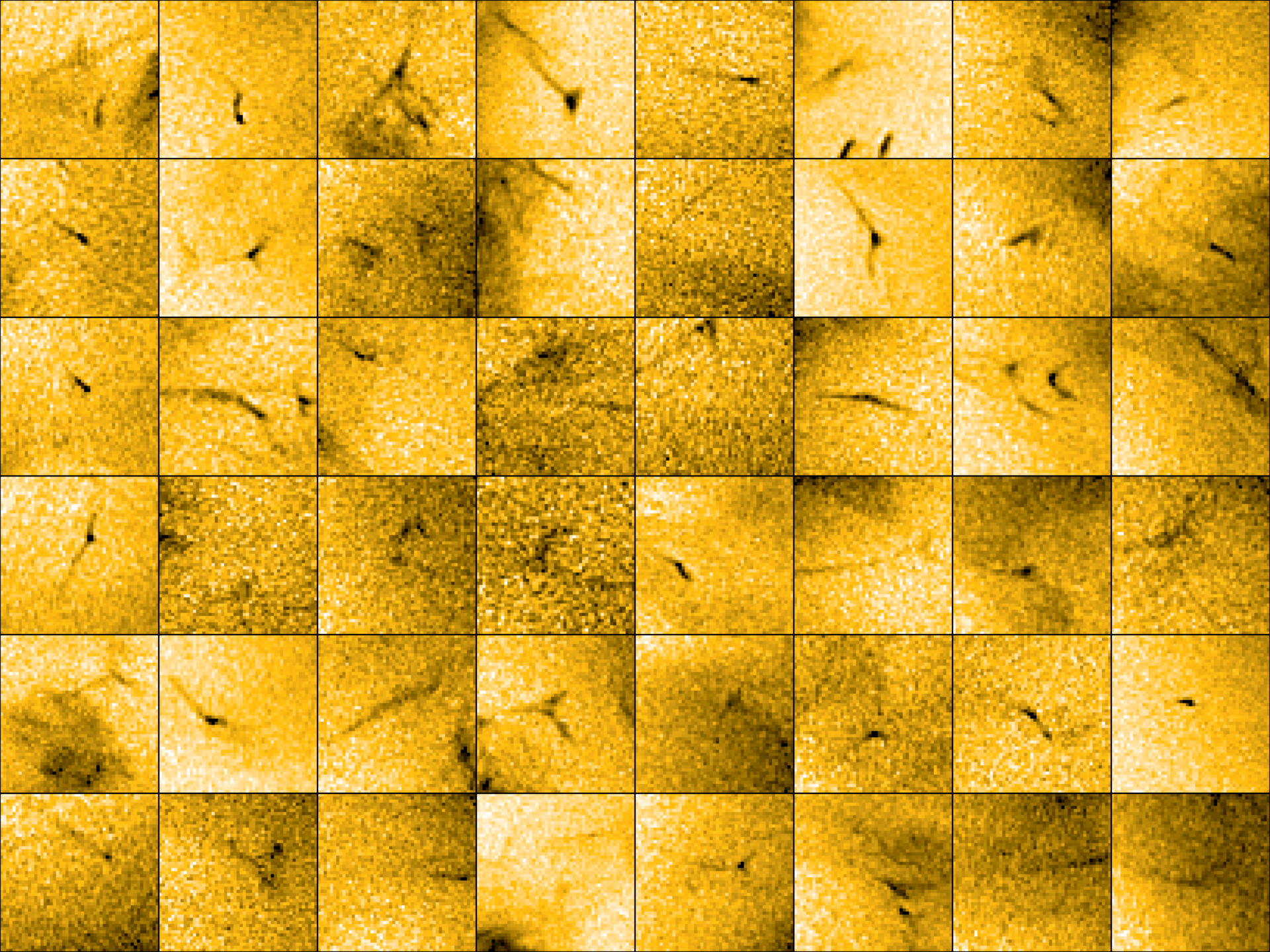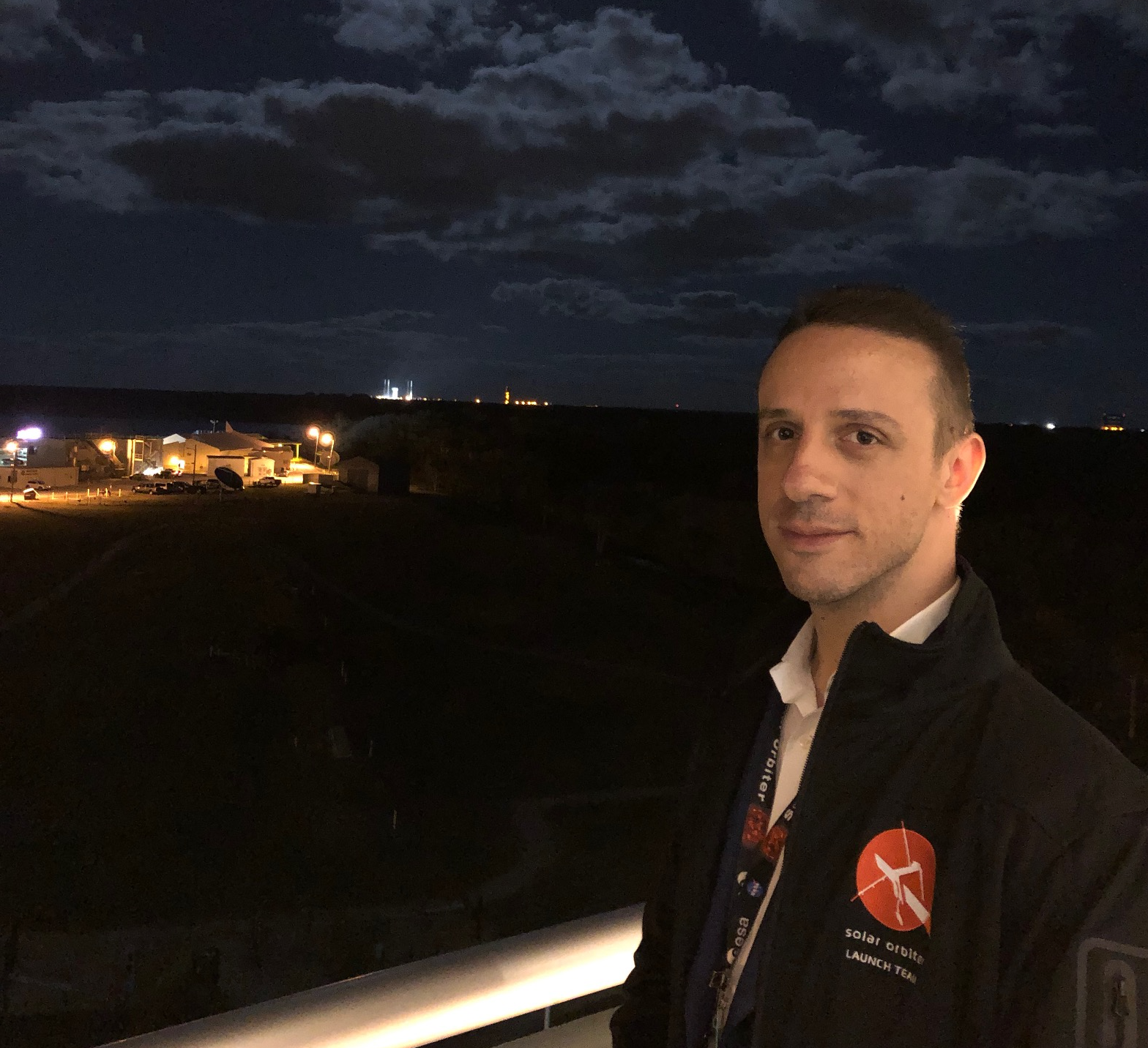
The European Space Agency and NASA’s Solar Orbiter spacecraft have detected “escapes” of material from the sun’s outer atmosphere that could be the desired source of the solar wind.
The Solar Orbiter is the most advanced scientific probe ever to study the sun. The mission, which was led by Europe in cooperation with NASA, was designed to study it as closely as possible
The sun and the inner heliosphere – the uncharted inner regions of our solar system – so that scientists can better understand, and even predict, the runaway behavior of the star on which our lives depend.
Although the solar wind is a fundamental feature of the sun, understanding how and where it is generated near the sun has proven elusive and has been a major focus of study for decades. The solar wind consists of
of charged particles, known as plasmas, that are constantly escaping from the Sun.
“Six decades have passed since the discovery of the solar wind, and fundamental questions about its nature remain unanswered, such as its heating and acceleration to supersonic speeds of up to 800 kilometers per second,” says Yiannis Zoganilis, an astrophysicist at the European Space Agency. (ESA) and Scientific Officer for the Solar Orbiter mission.

ESA/ATG Media Lab
The solar wind spreads outward through interplanetary space, striking everything in its path, and when it collides with Earth’s magnetic field, it produces the aurora borealis. And now, with its superior instruments – such as the Extreme Ultraviolet Imager (EUI) – the solar orbiter is taking us an important step forward.
An important step
Images of the sun’s south pole taken by EUI on March 30, 2022 revealed a group of faint, short-lived features associated with small jets of plasma emitted from the sun’s atmosphere.
“We were able to detect these tiny jets because of the unprecedentedly high-resolution, high-speed images produced by EUI,” Lakshmi Pradeep Cheetah says in a related ESA press release.
Max Planck Institute for Solar System Research, Germany, and lead author of the paper describing this project.

ESA and NASA/Solar Orbiter/EUI Team; Acknowledgments: Lakshmi Pradeep Cheetah, Max Planck Institute for Solar System Research, CC BY-SA 3.0 IGO
Specifically, the images were captured in the extreme ultraviolet channel of EUI’s High Resolution Imaging Instrument, which detects solar plasma at one million degrees Kelvin at a wavelength of 17.4 nanometers.
Of particular interest is the fact that the analysis shows that these features are caused by the ejection of plasma from the solar atmosphere.
Researchers have known for decades that much of the solar wind is associated with magnetic structures called coronal holes, which are regions where the sun’s magnetic field does not return to the sun, but instead
It extends deep into the solar system.
Plasma can flow along “open” magnetic field lines, heading toward the solar system, creating the solar wind.
But the question was: How did the creature begin?
The traditional assumption was that because the corona is hot, it naturally expands and some of it escapes along field lines. But these new findings looked at the coronal hole located at the sun’s south pole and revealed individual jets that challenge the assumption that the solar wind is produced only in a continuous stream.
“One finding here is that this outflow is not very uniform, and the ubiquity of the jets suggests that the solar wind from coronal holes may originate as a very intermittent flow,” says Andrei Zhukov of the Royal Observatory. Belgium, the project partner who led the Solar Orbiter monitoring campaign.
The energy associated with each individual plane is small. At the upper end of the coronal phenomena are X-magnitude solar flares, and at the lower end are what are called nanoflares. There is a billion times more energy in the X flare than in the nanoflare. The small jets detected by the solar orbiter are less energetic than this, emitting about a thousand times less energy than a nanoflare and channeling most of that energy into ejecting plasma.
The ubiquitousness of the jets, which the new observations indicate, indicates that they are spewing out a large part of the matter we see in the solar wind. Smaller, more frequent events could provide more.
“I think it’s an important step to find something in the disk that is definitely contributing to the solar wind,” says David Berghmans of the Royal Observatory of Belgium and EUI’s principal investigator. At present, the solar probe is still orbiting the sun near the equator.
So, in these observations, the EUI is looking at the South Pole at an angle. “It’s hard to measure some of the properties of these little jets when we see them from the edge, but in a few years, we’ll see them from a different angle than any other telescope or observatory, so together they help,” says Daniel Müller, ESA project scientist for the Solar Orbiter.
This is because as the mission continues, the spacecraft will gradually tilt its orbit toward the polar regions. At the same time, activity on the sun will evolve in the solar cycle and coronal holes
It will begin to appear at many different latitudes, providing a unique new perspective.
“We are still at the beginning of the mission, and we expect more and more exciting results as we reach the uncharted polar regions,” confirms Yiannis Zogagnilis of the European Space Agency’s Center in Madrid.

Everyone involved is eager to see what new knowledge can be gleaned as this research extends far beyond our solar system. The sun is the only star whose atmosphere we can observe
in such detail, but it is possible that the same process is occurring in other stars. This turns these observations into the discovery of a fundamental astrophysical process.
Yannis concludes, “Flows or emissions of matter are observed everywhere in the universe, and as the solar orbiter’s discoveries so far have already shown, the mission could have a significant impact on astrophysics.”
Zoganelis.
The research appears in the scientific journal Sciences
Follow Dnews at google news And be the first to know all the news

“Total alcohol fanatic. Coffee junkie. Amateur twitter evangelist. Wannabe zombie enthusiast.”





More Stories
Is this what the PS5 Pro will look like? (Image)
Finally, Windows 11 24H2 update significantly boosts AMD Ryzen – Windows 11 performance
Heart Surgeon Reveals The 4 Things He ‘Totally Avoids’ In His Life